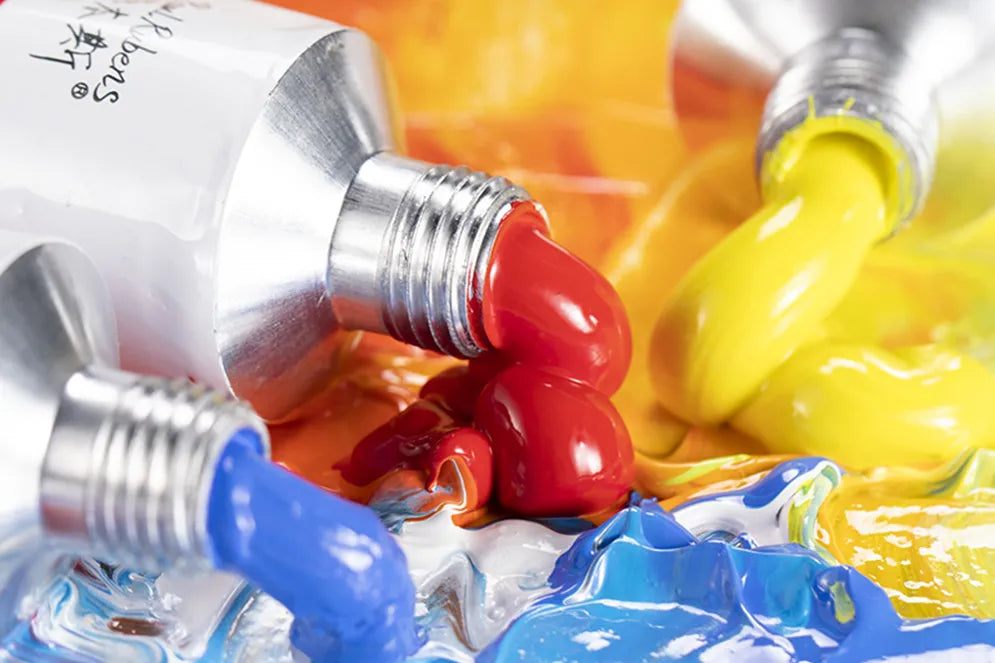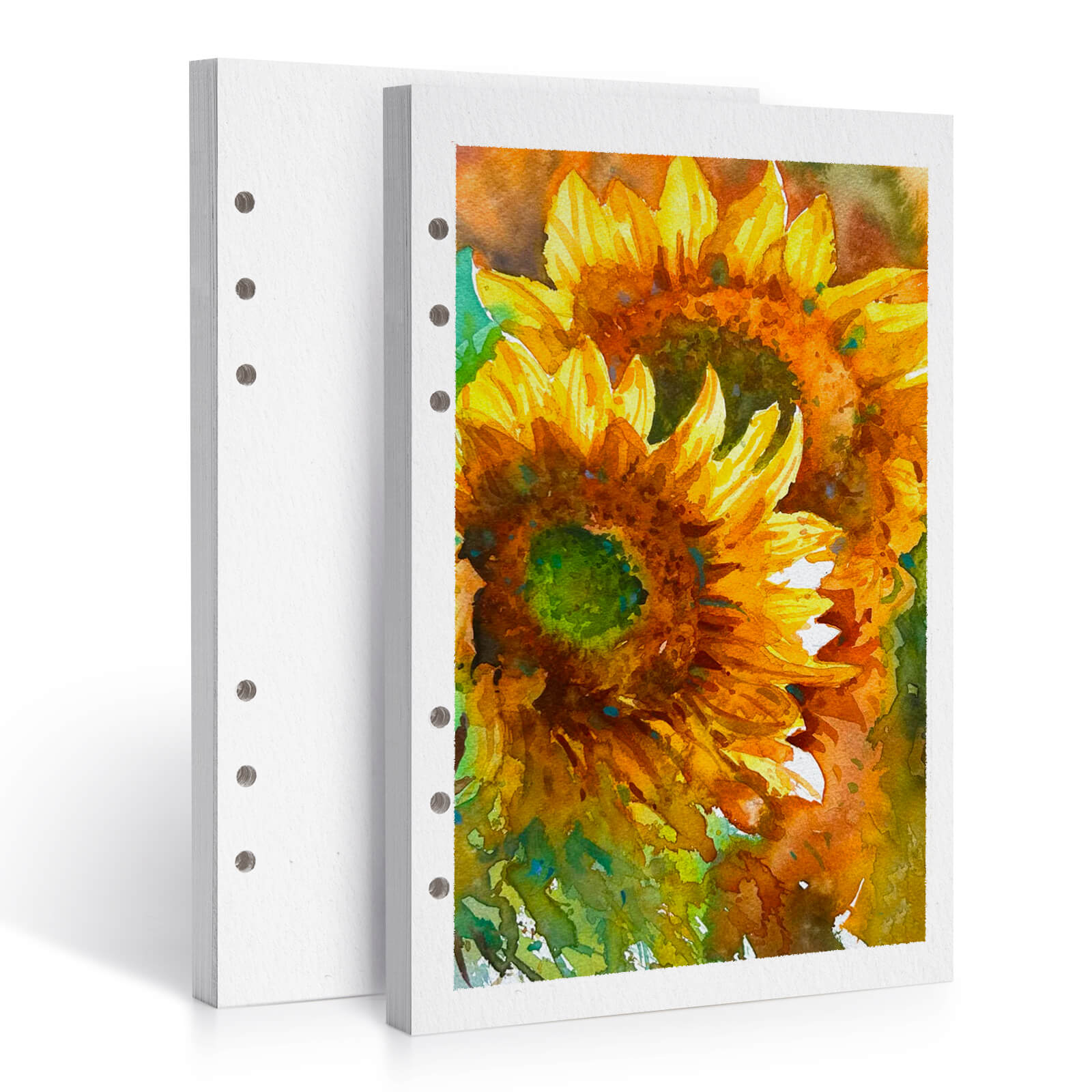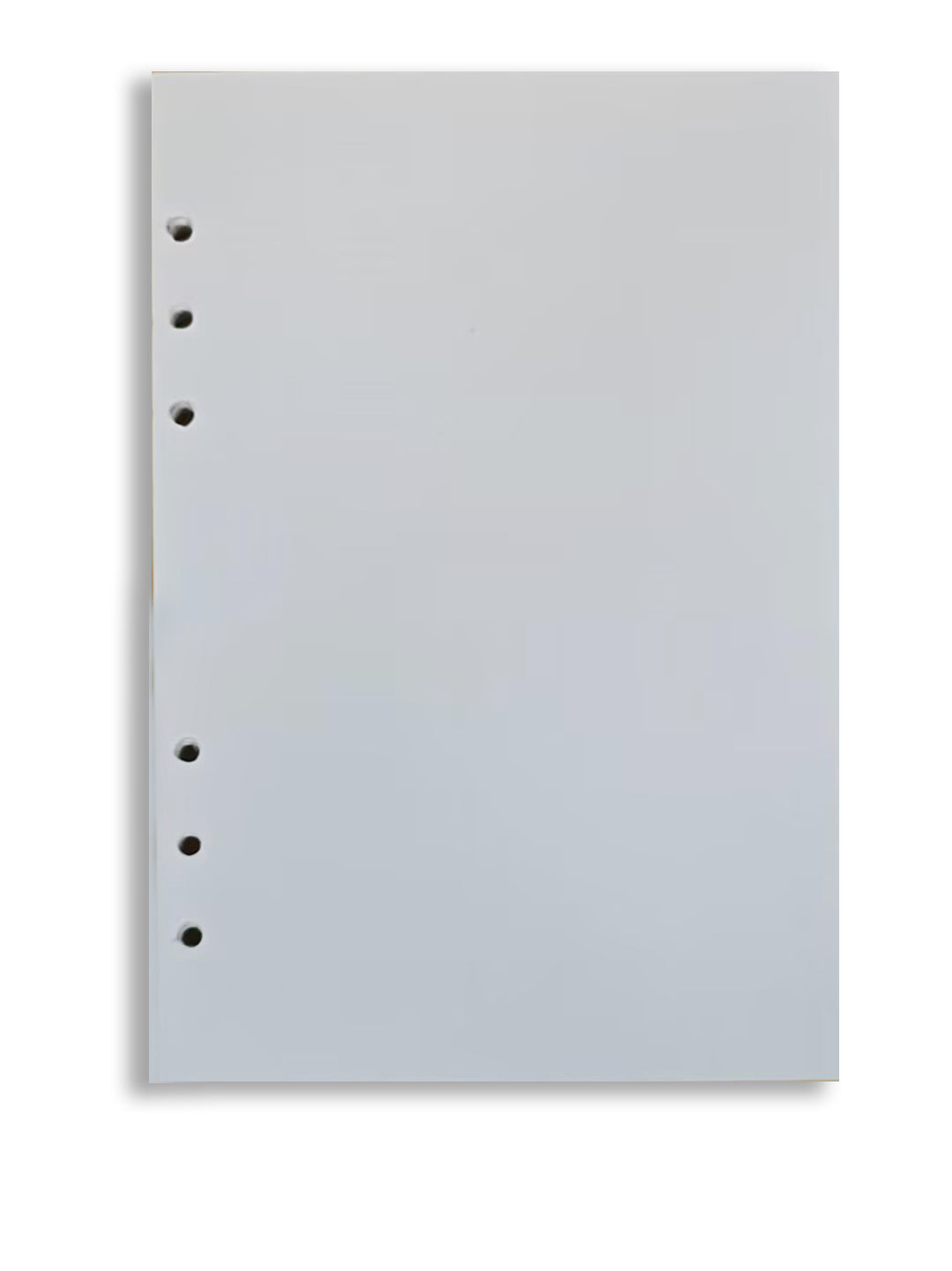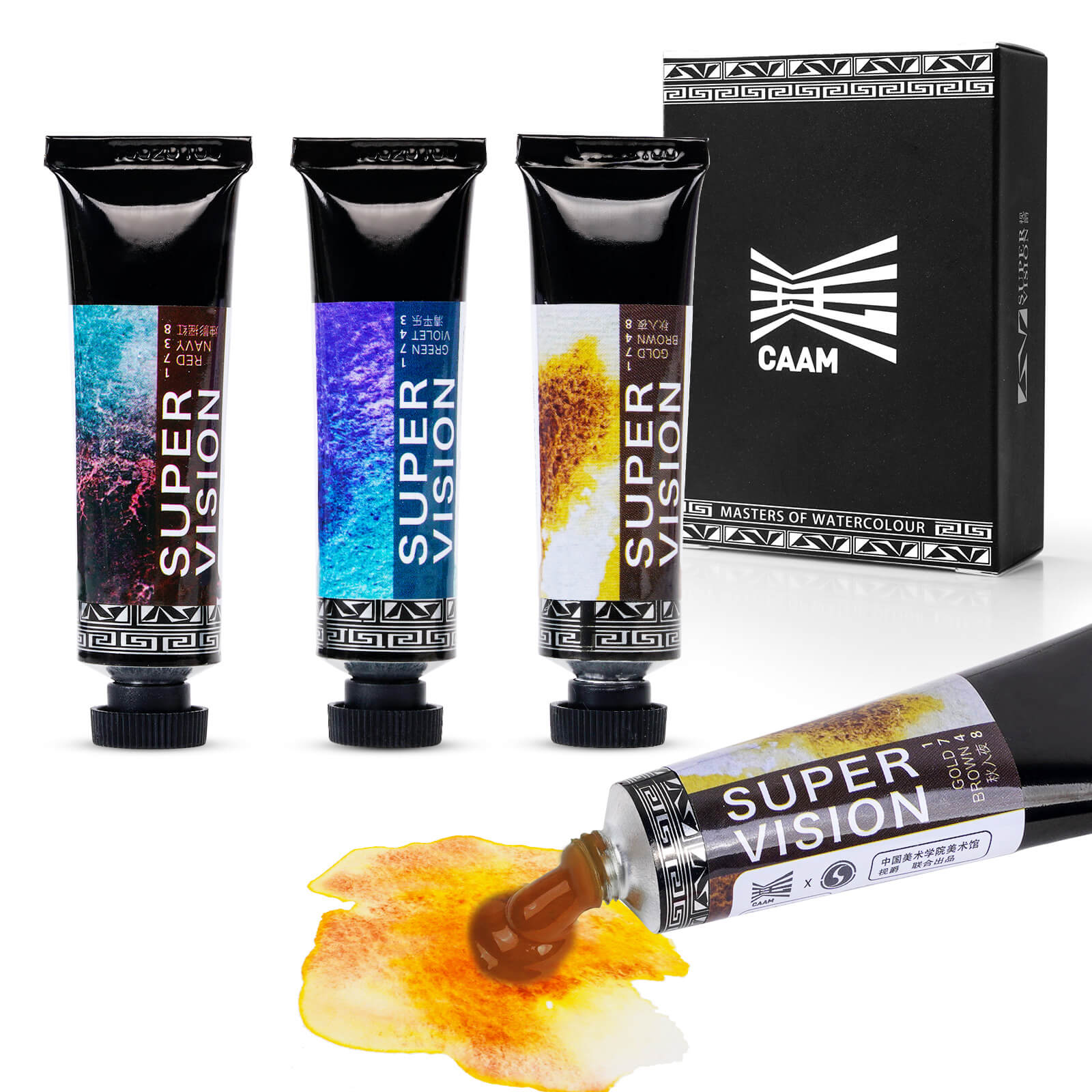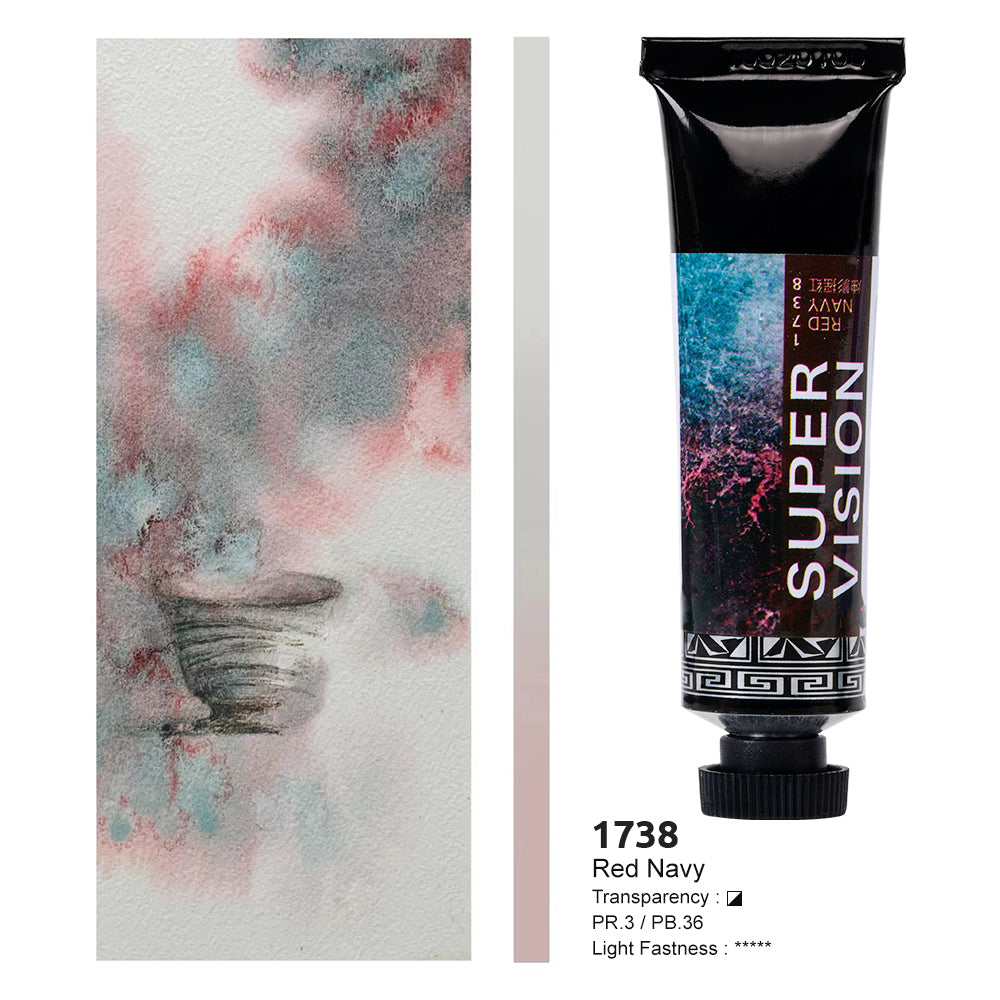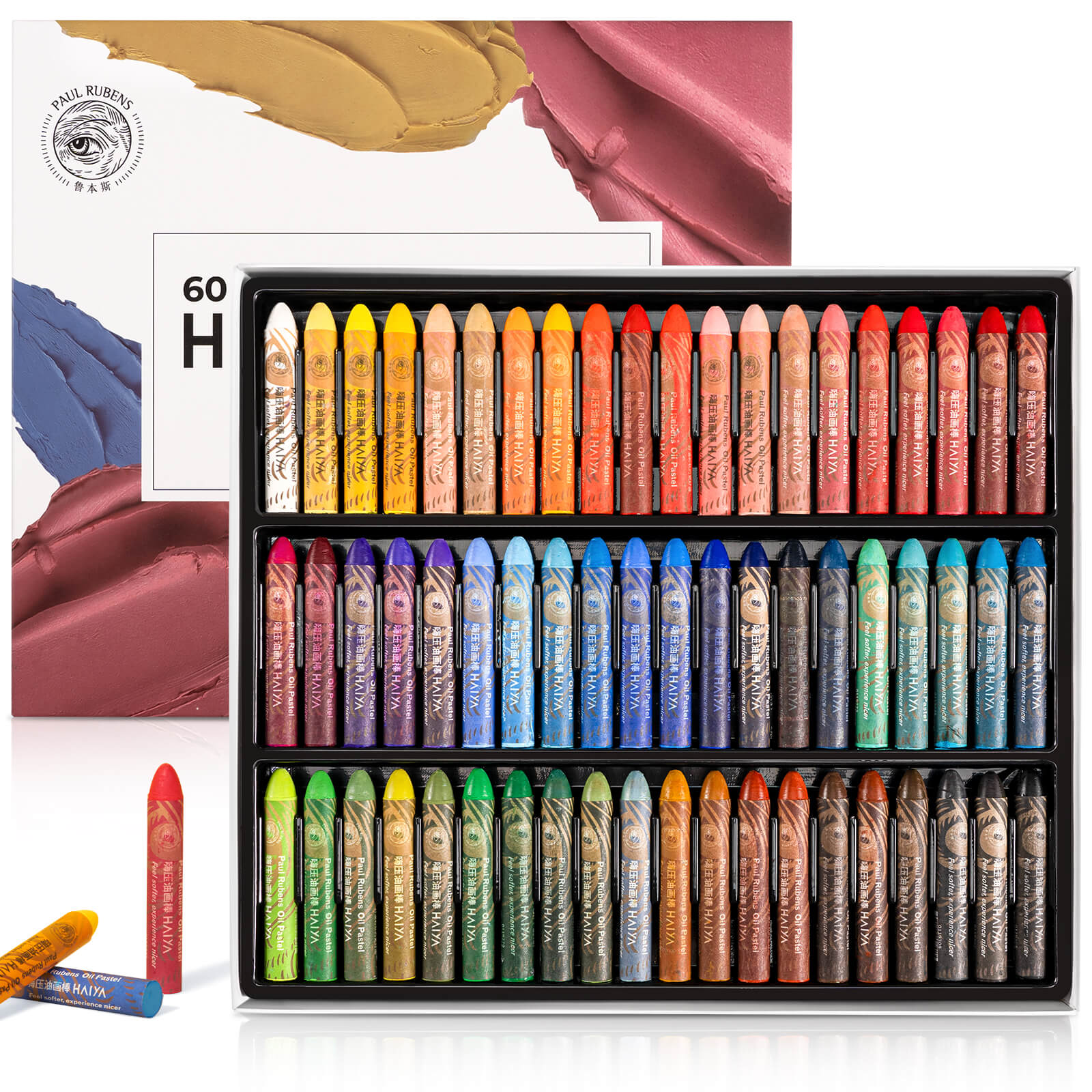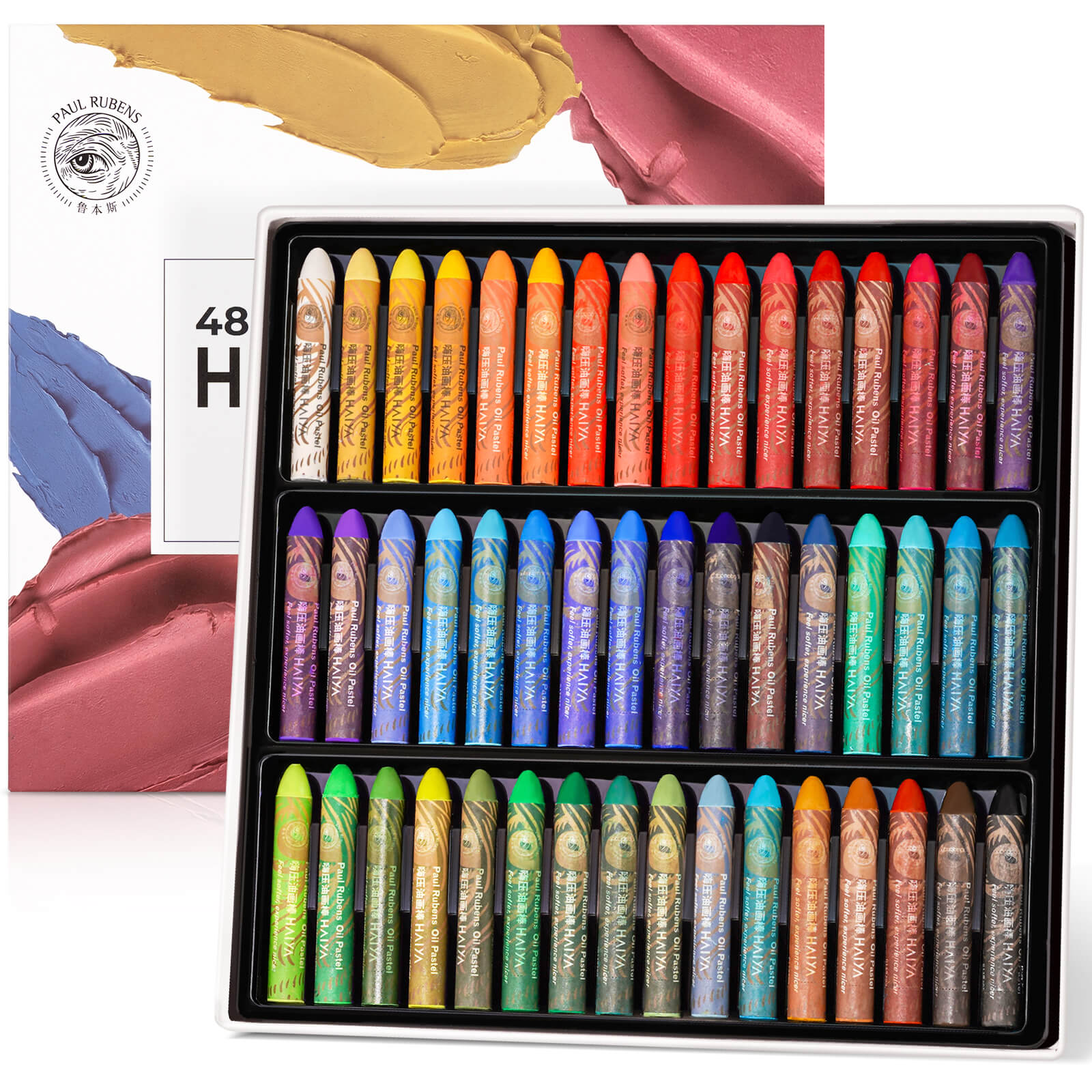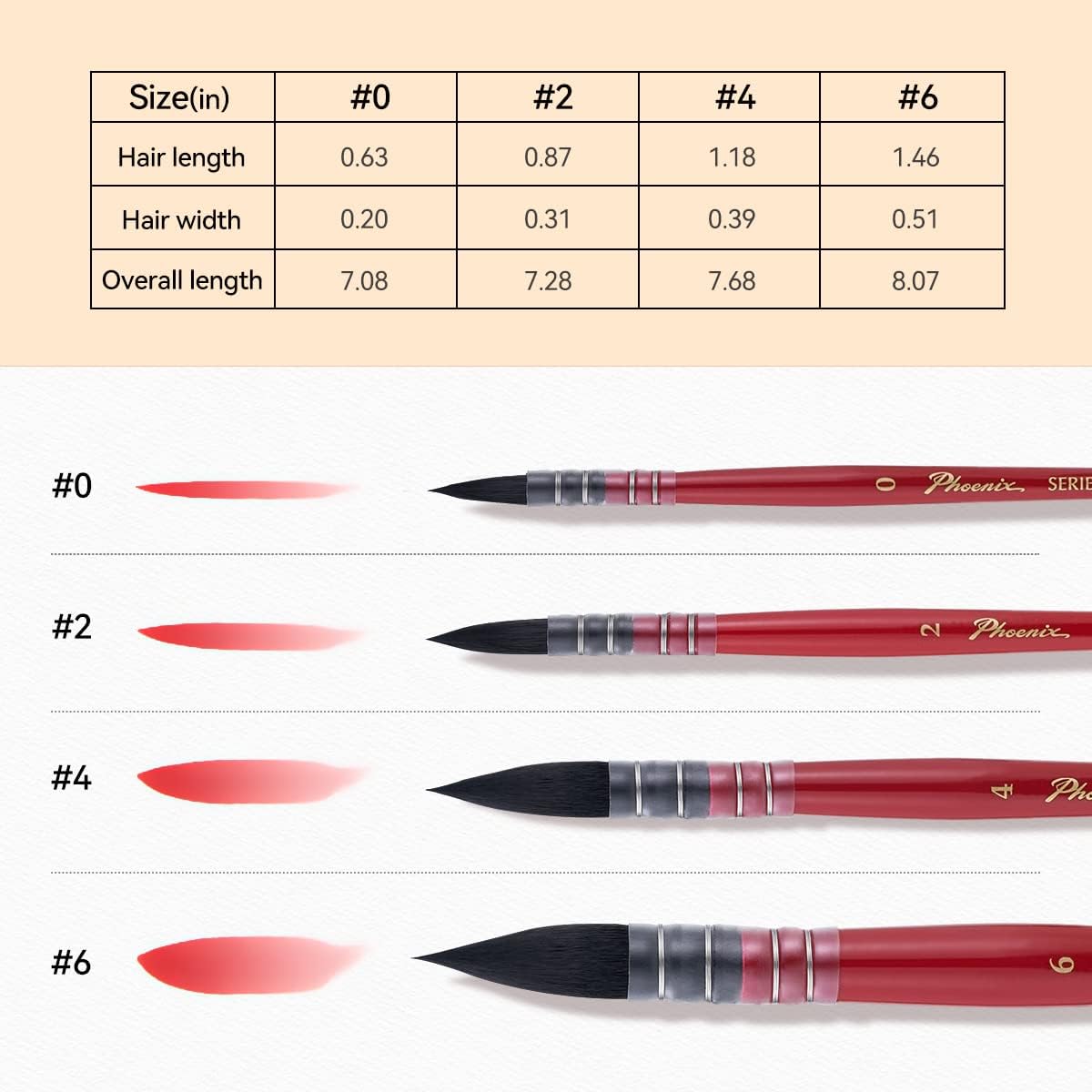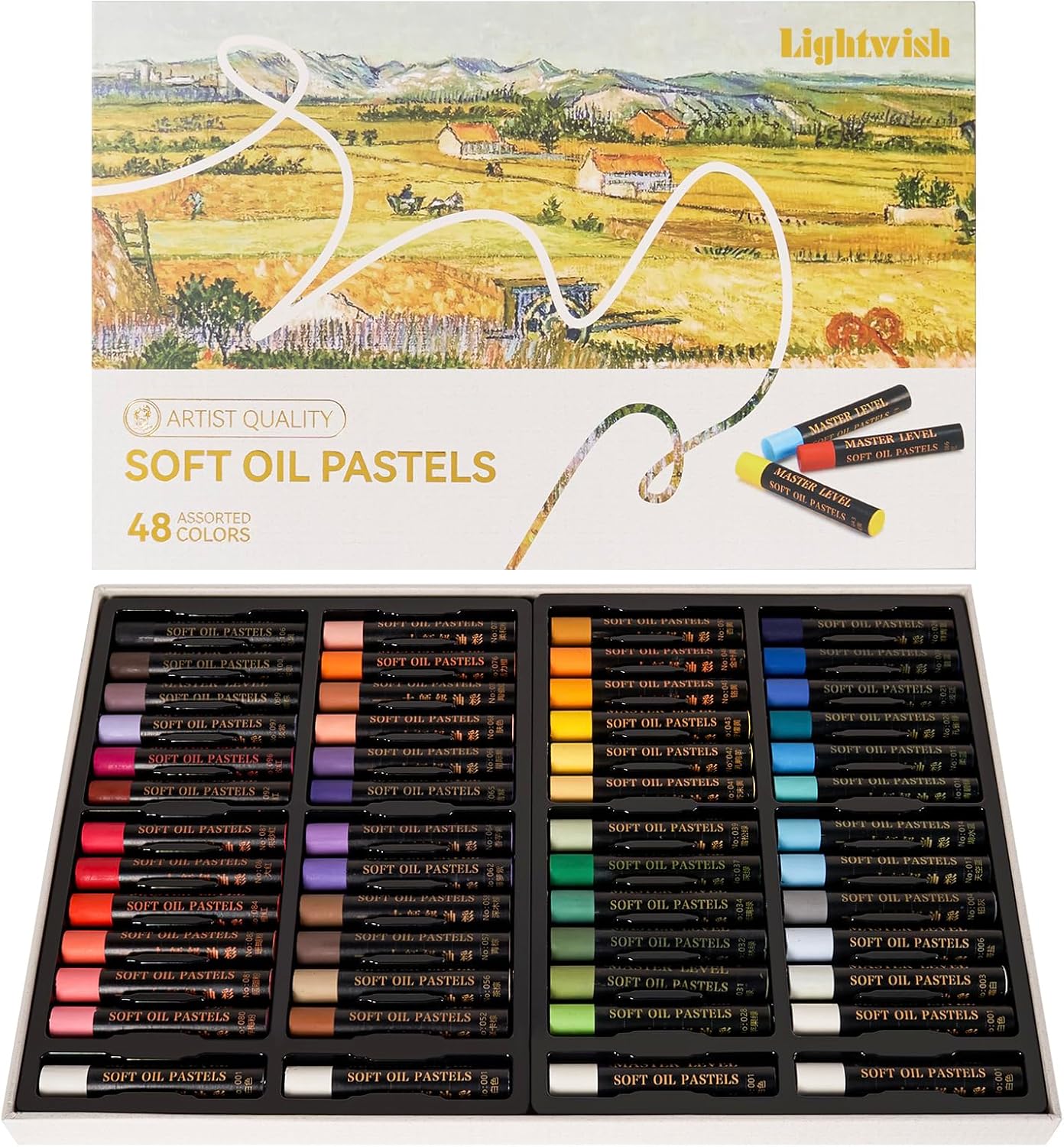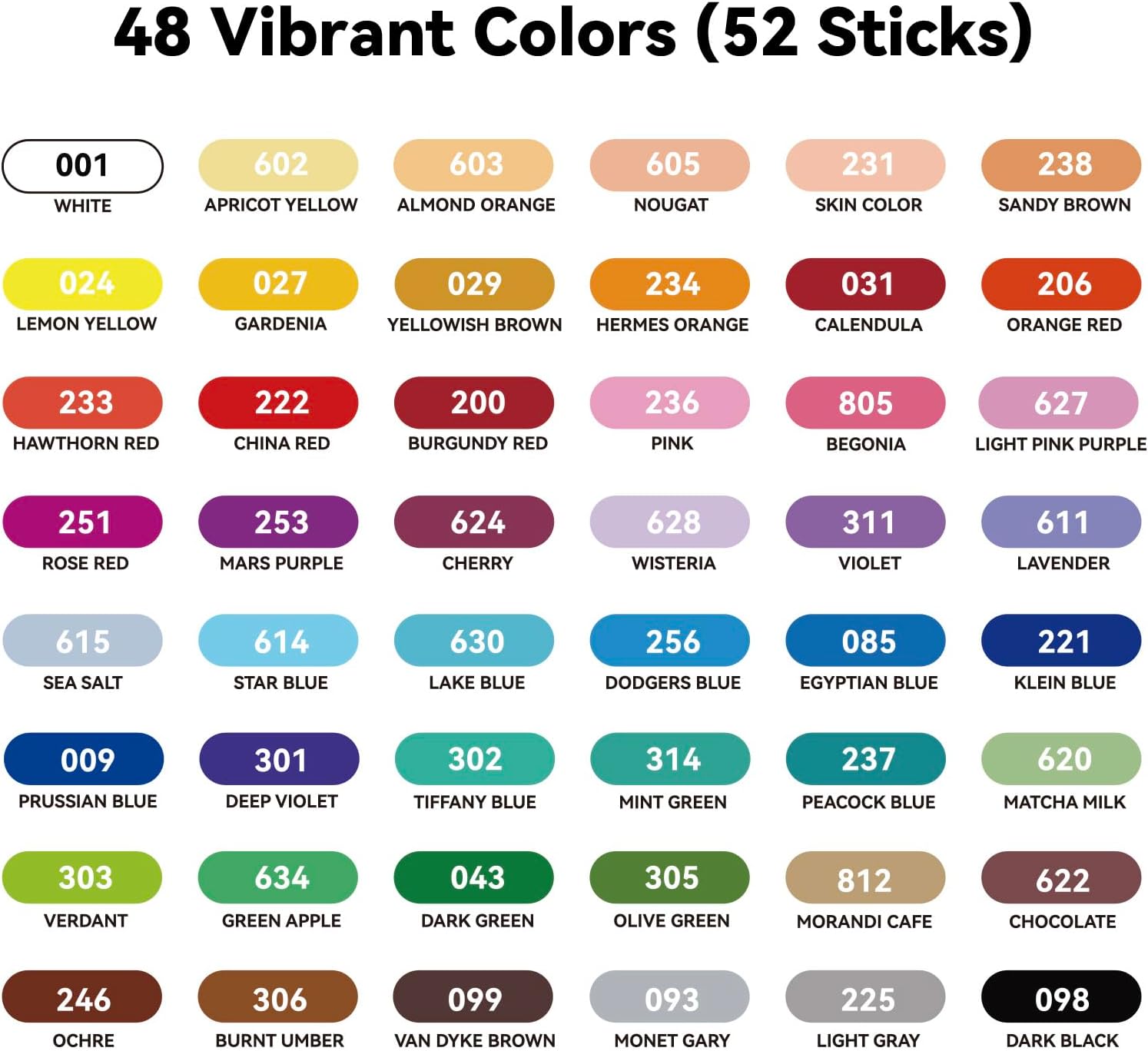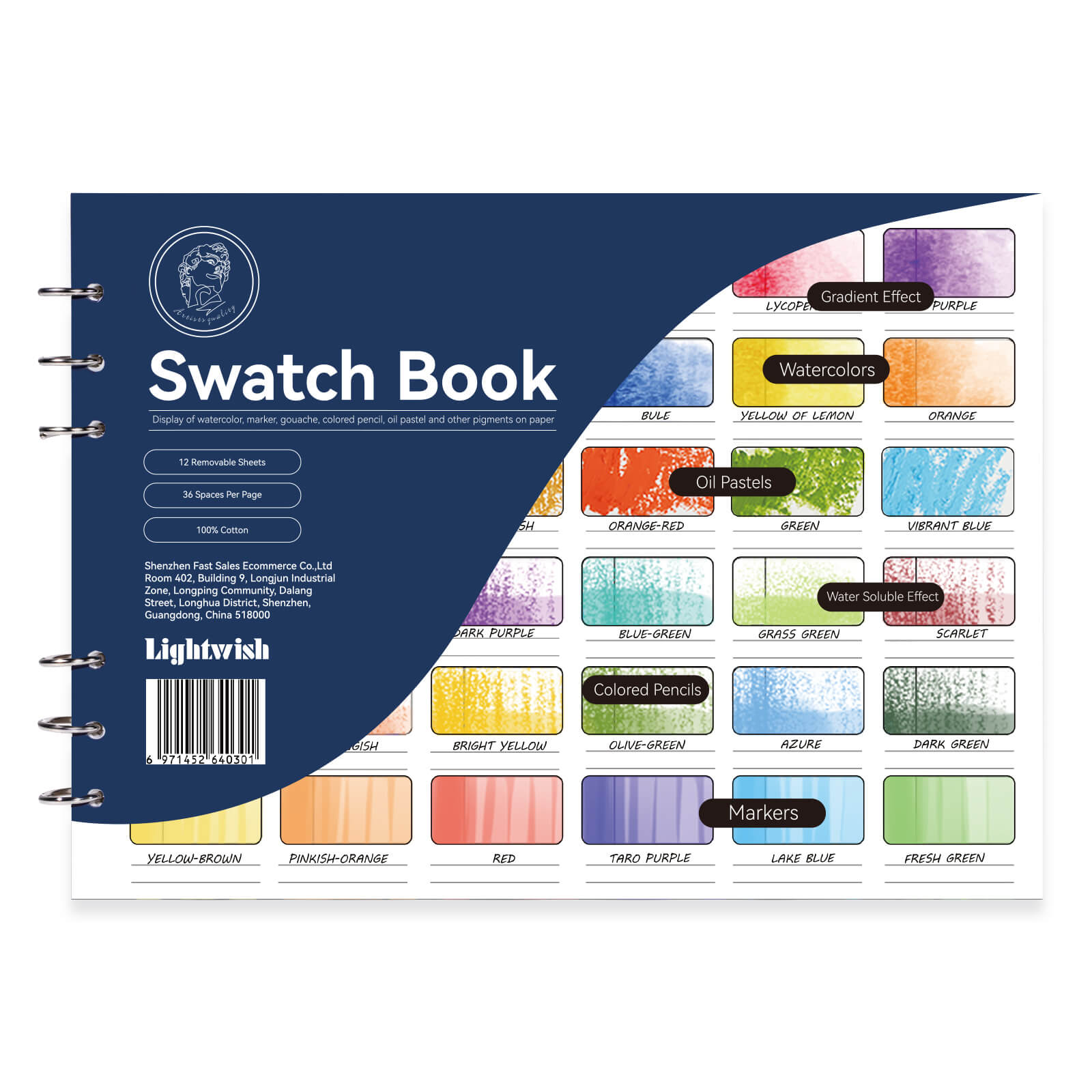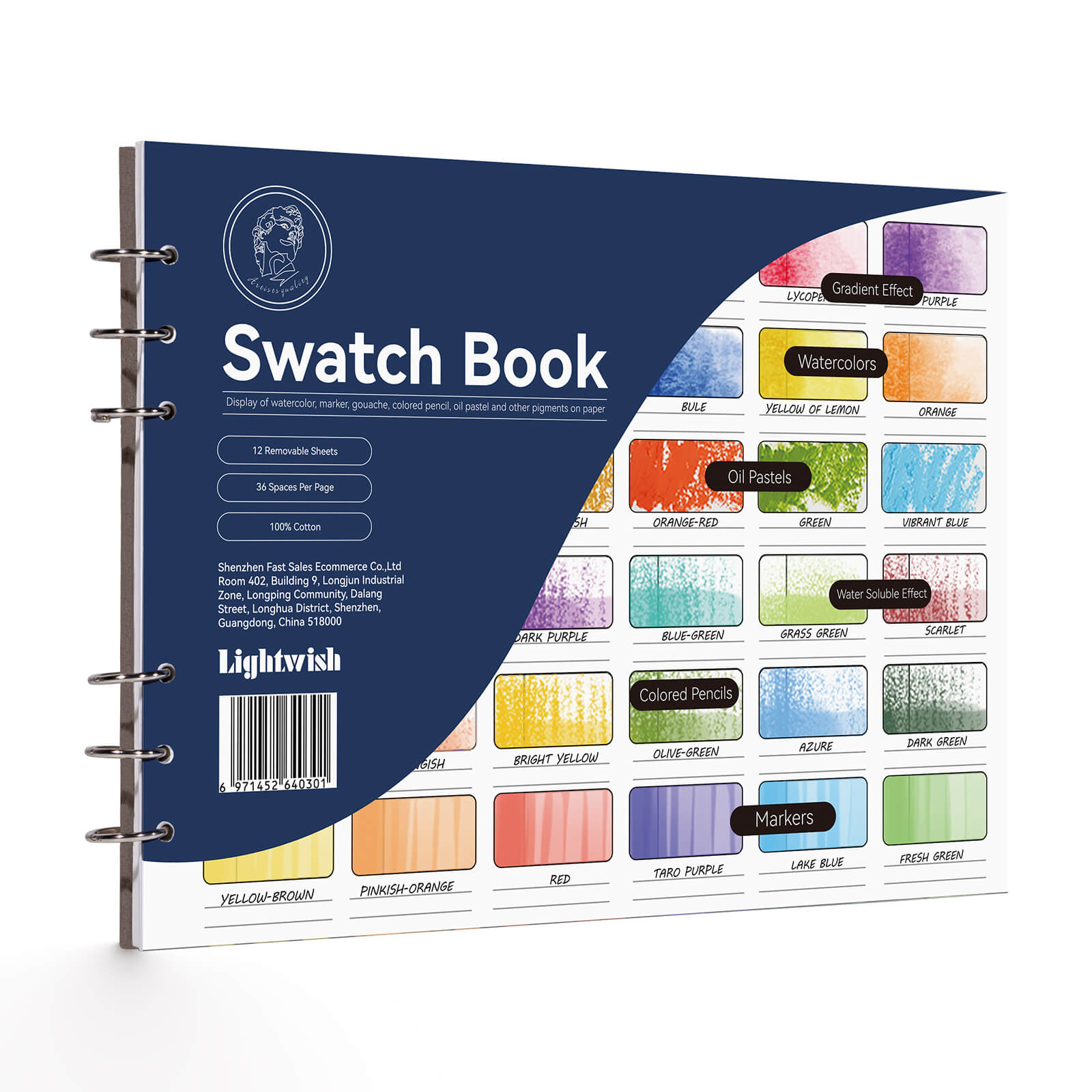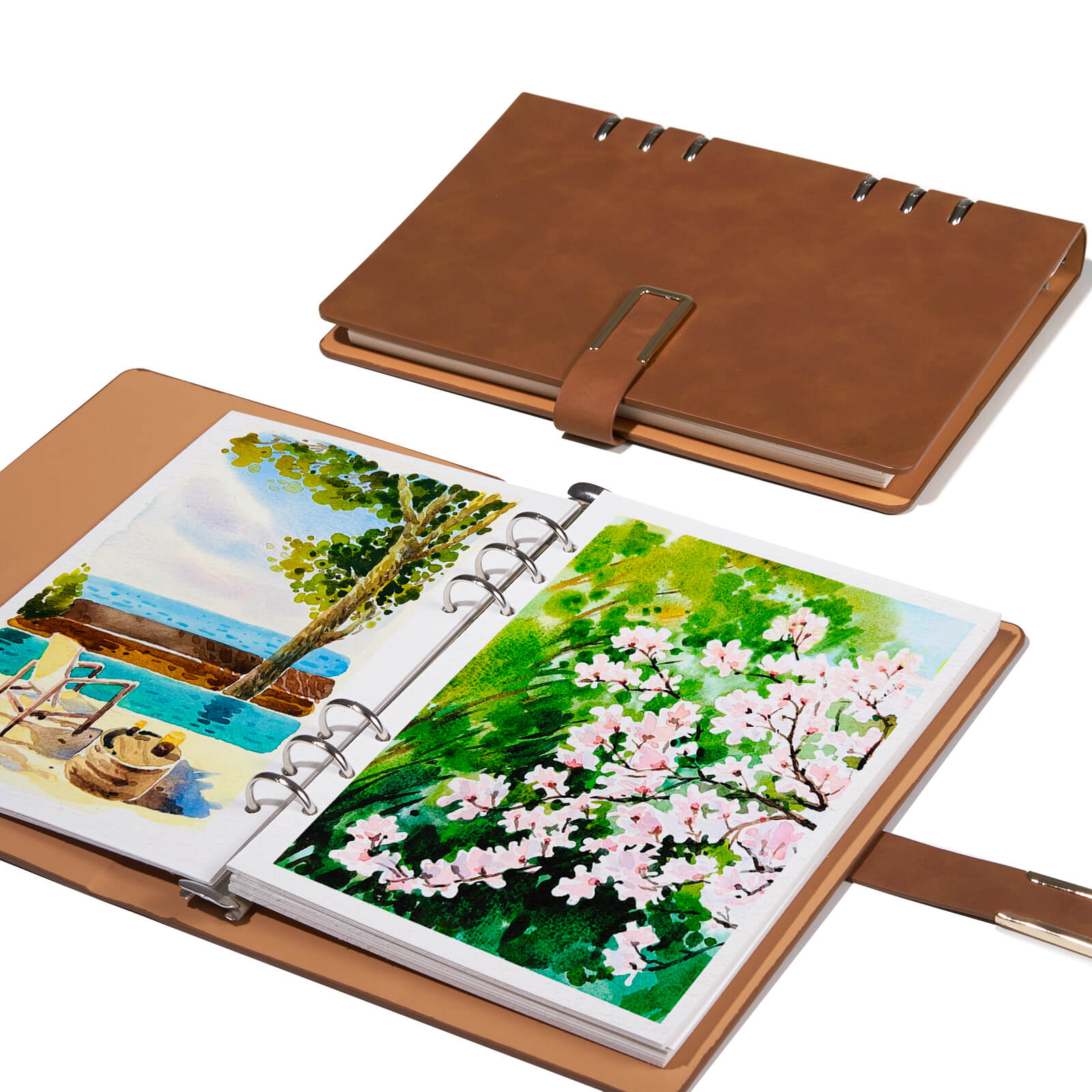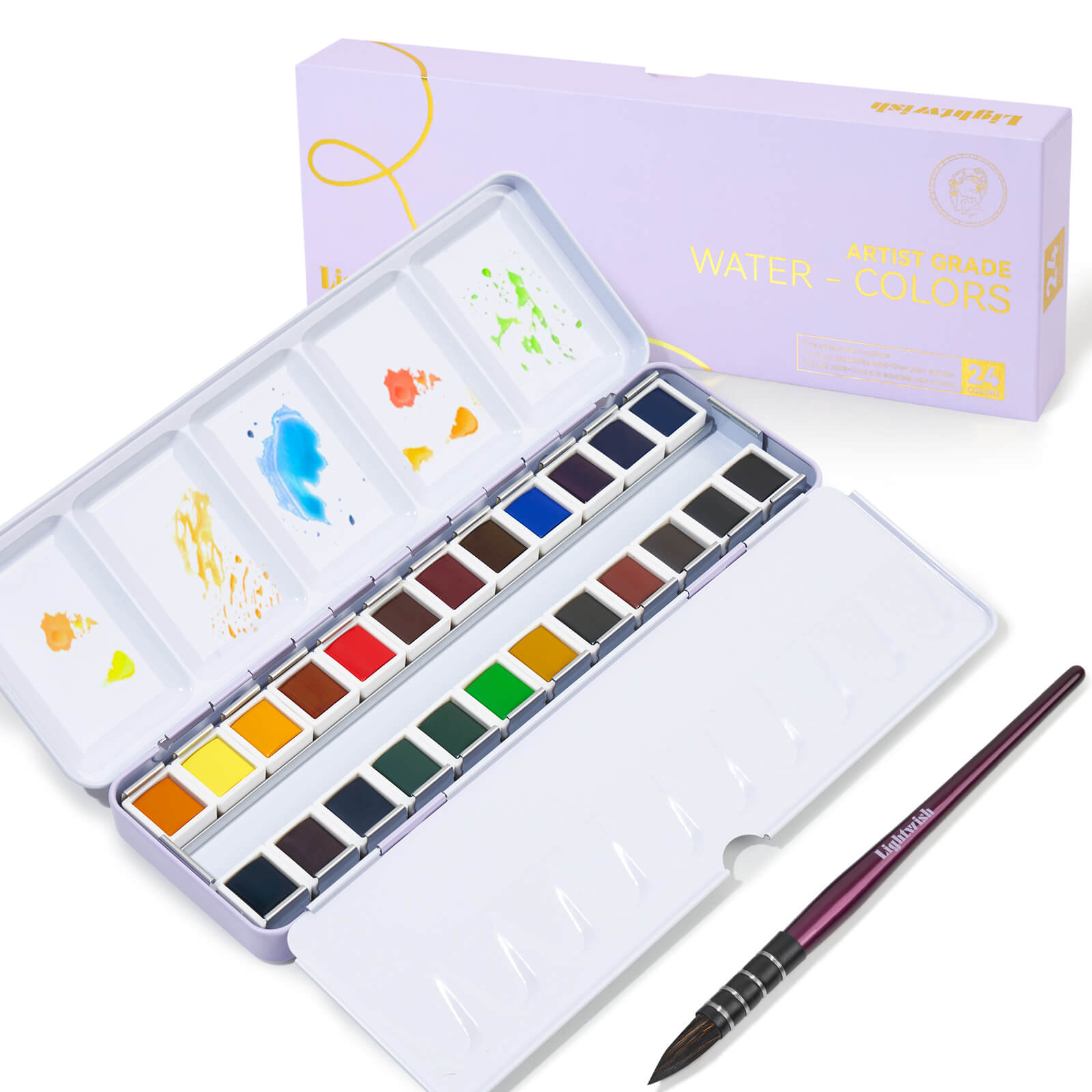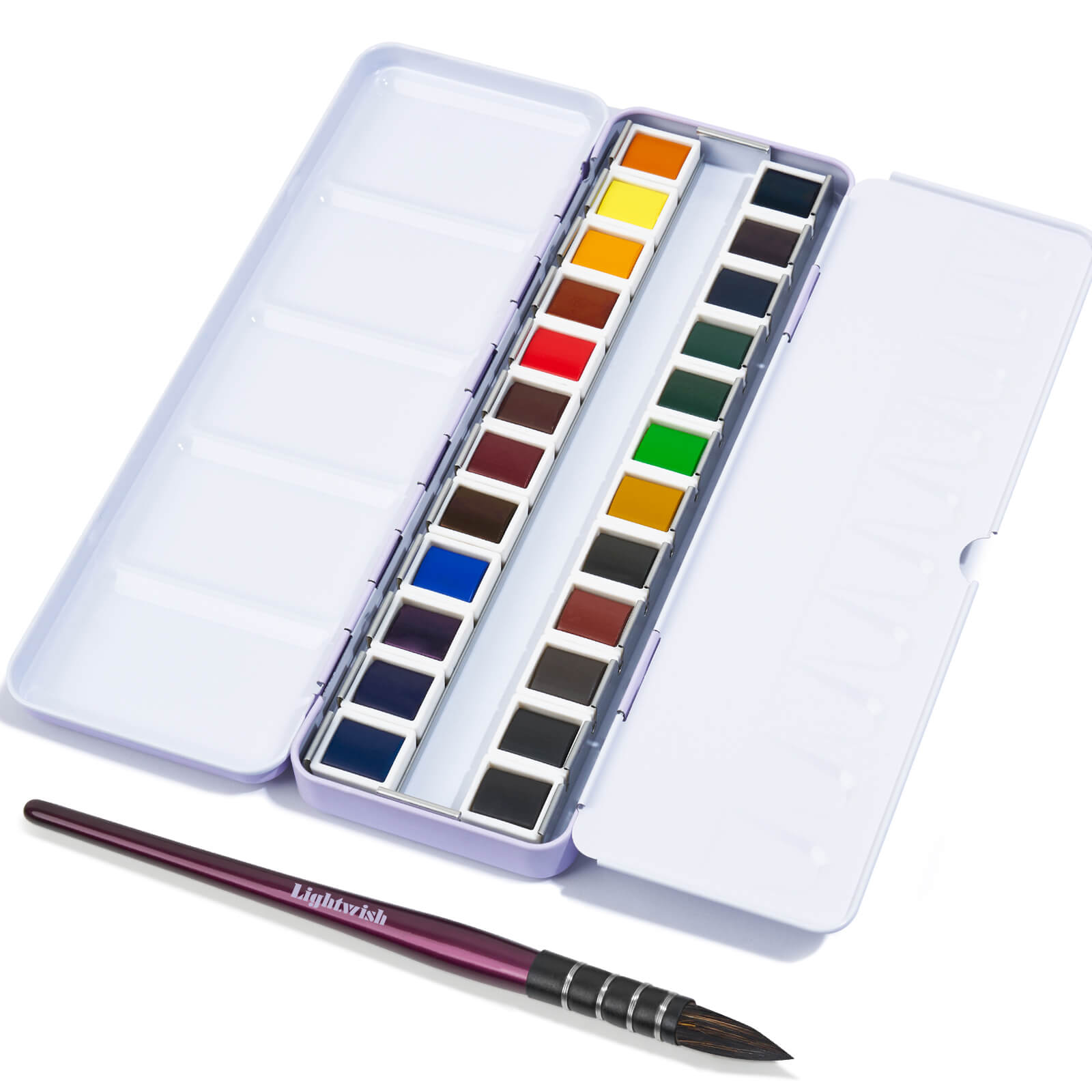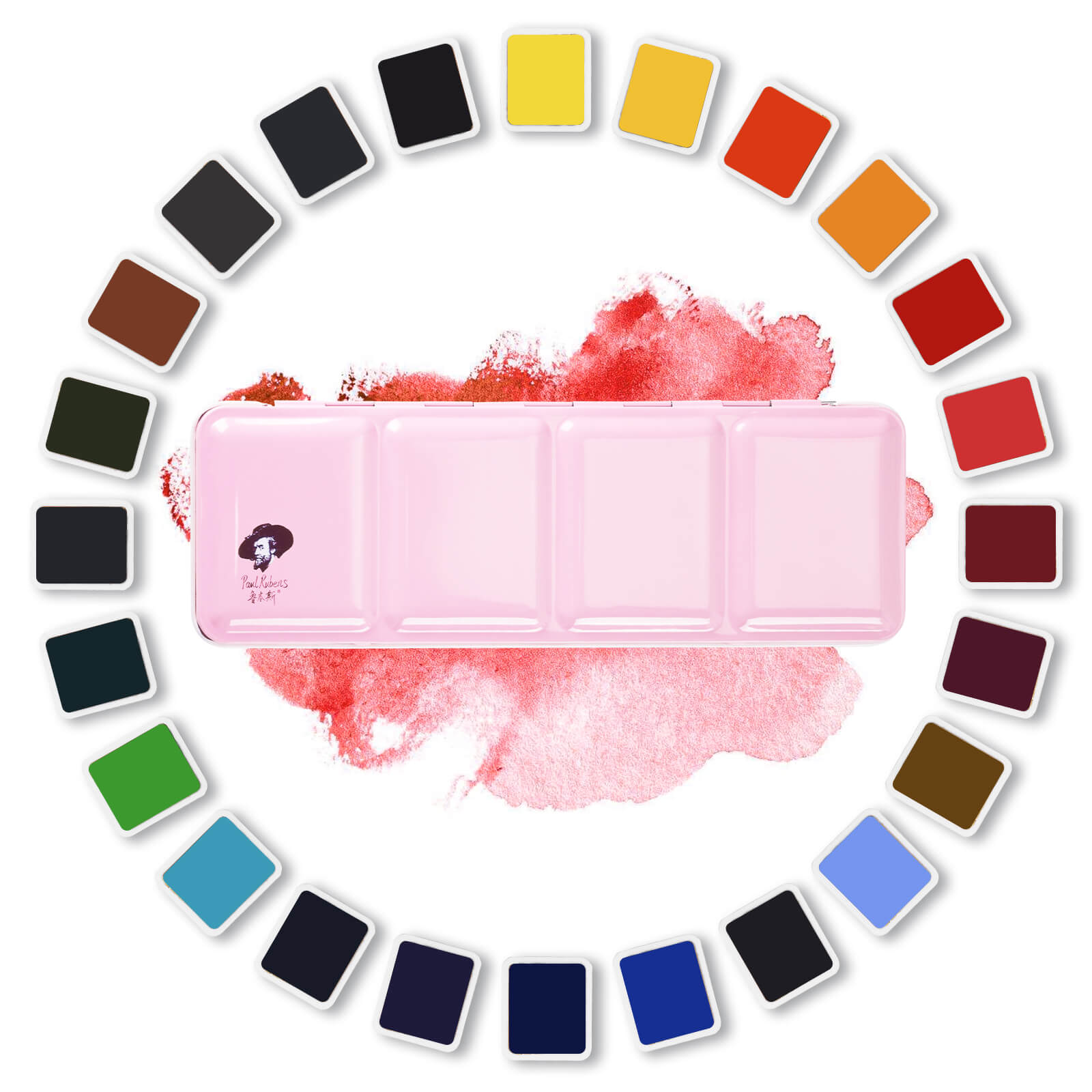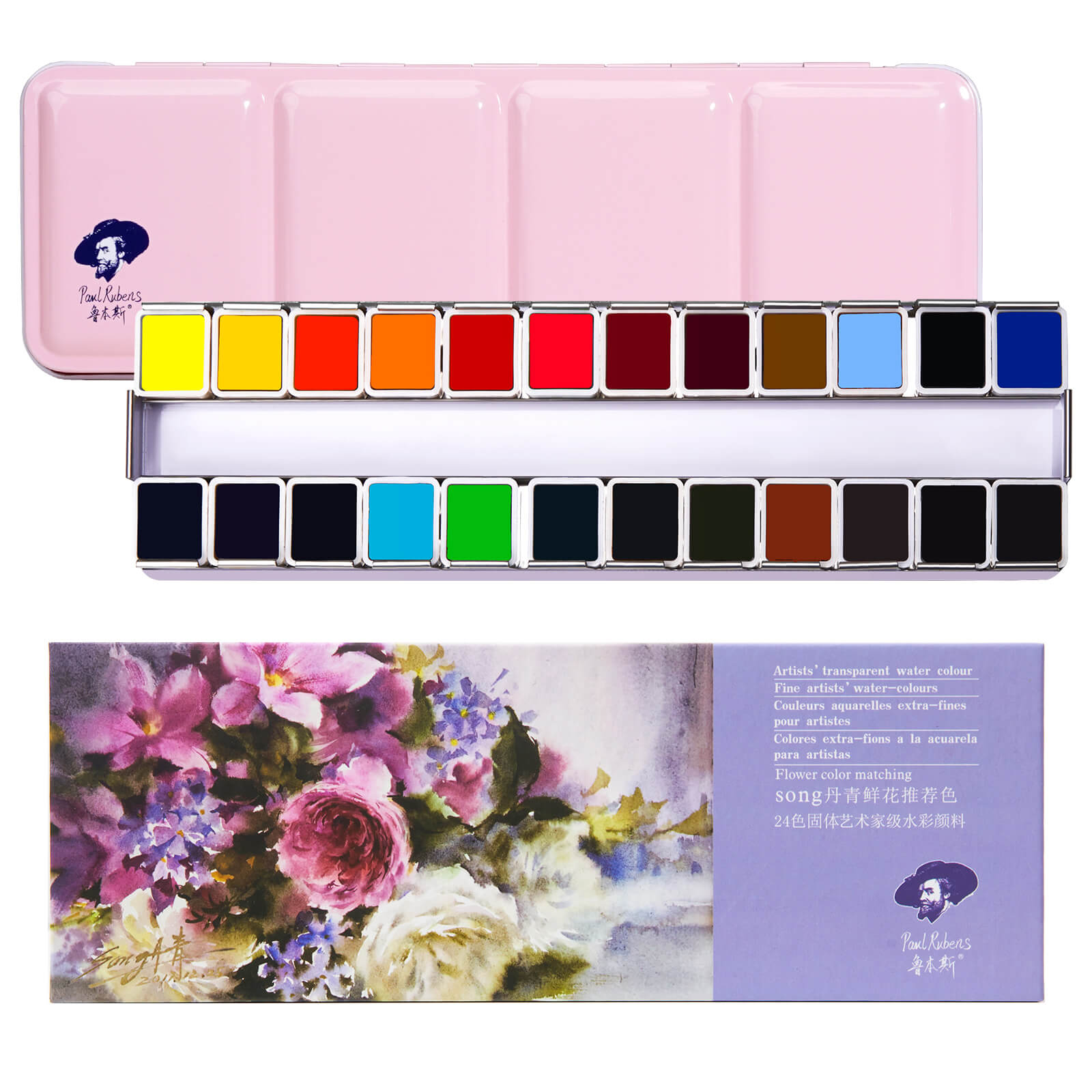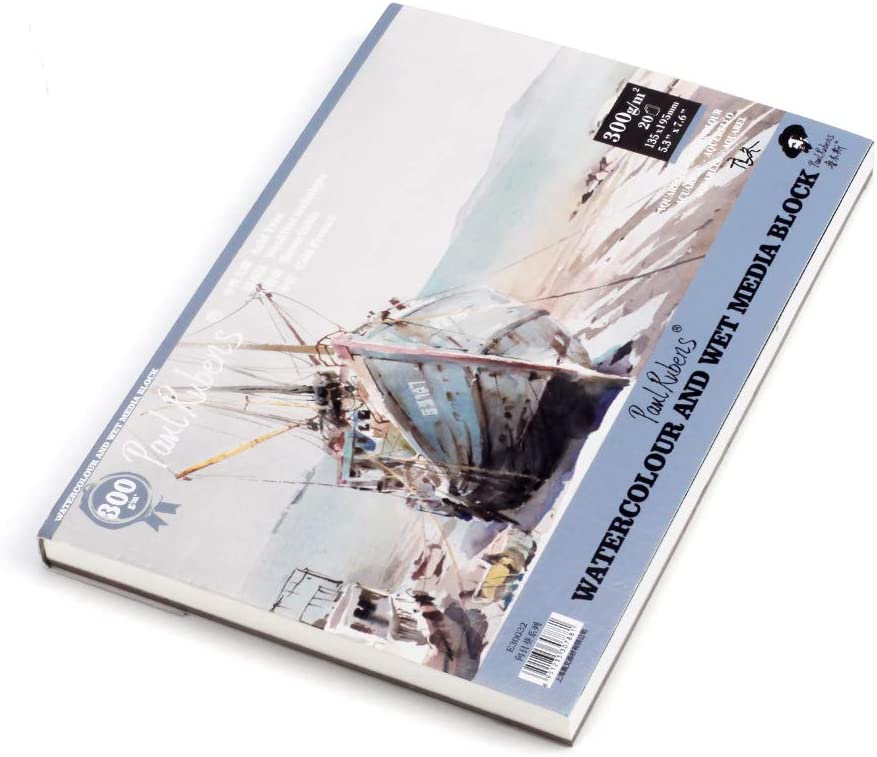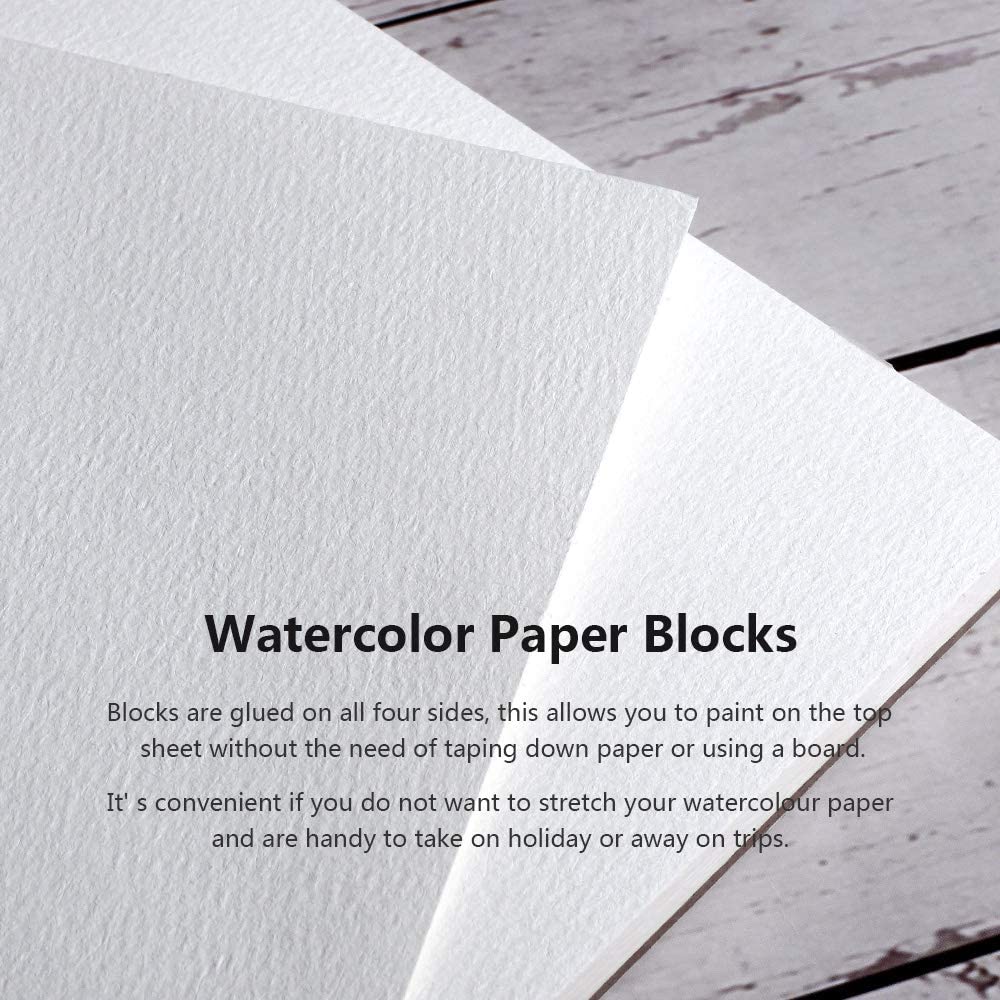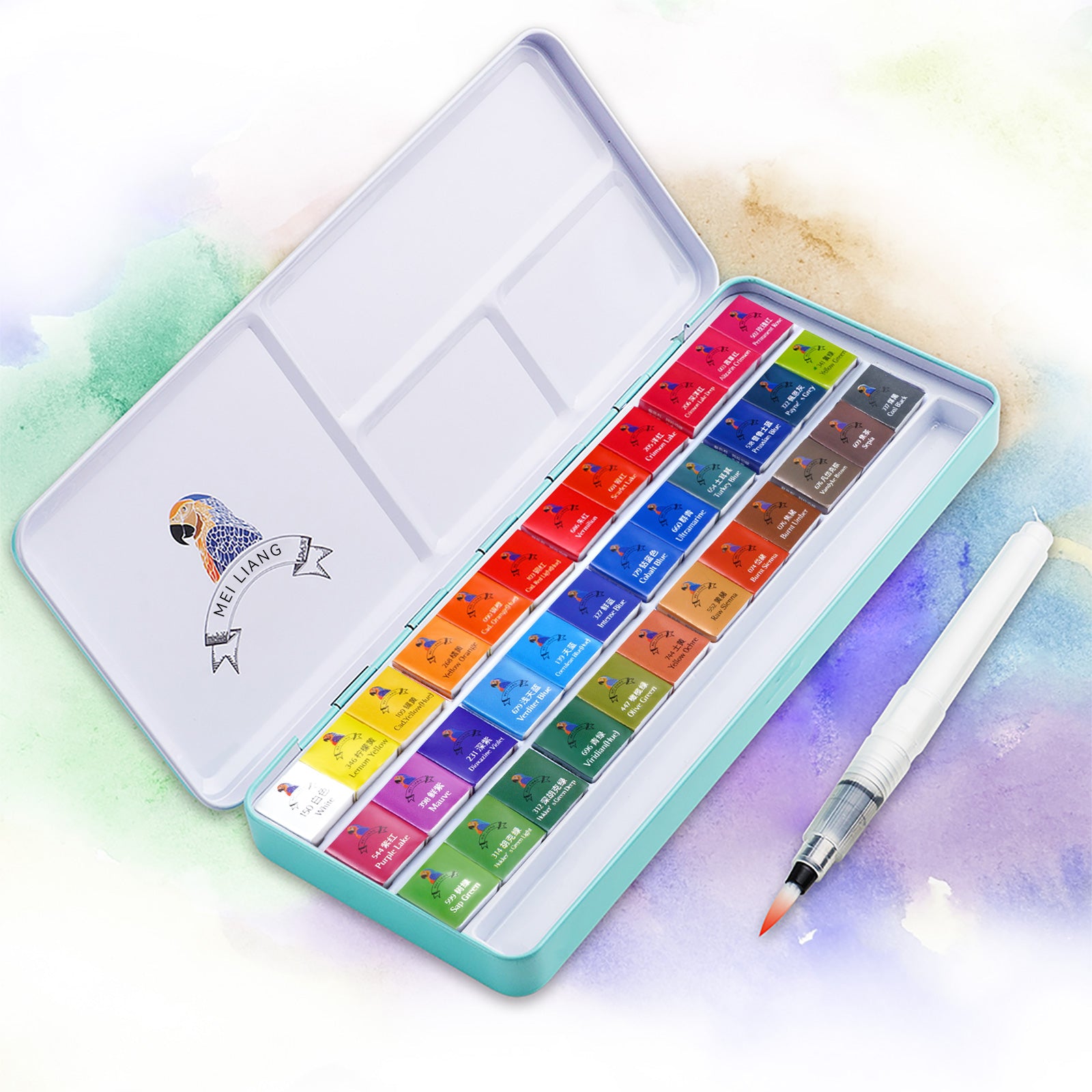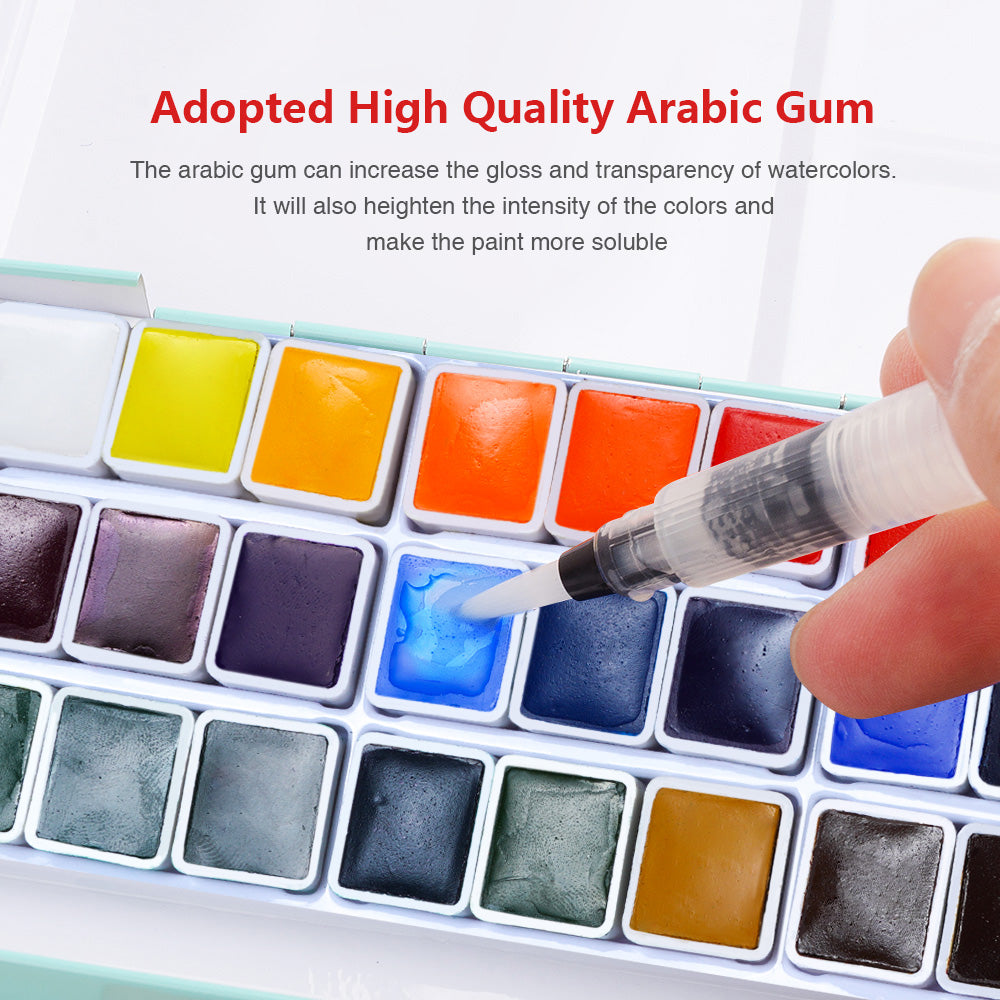Standing in the art supply store, faced with the choice between oil and acrylic paint, it's a real dilemma! This isn't just about picking a color; it's about choosing a partner for your artistic journey. One is steeped in tradition, the other is modern and flexible. We're diving into the world of oil paint vs acrylic paint, breaking down everything from feel to drying time, to help you choose your champion!
1. Oil Paint: The Timeless Classic
Ah, oil paint. Just the name conjures images of Renaissance masters, lush landscapes, and portraits that seem to breathe. Oil paint has been around for centuries, and its rich history is a huge part of its appeal. But what exactly is oil paint, and why is it so beloved?
A Deeper Dive into Oil Paint
- Composition: Oil paint consists of pigments suspended in a drying oil, typically linseed oil. Other oils, like walnut or safflower oil, can be used for specific effects.
- Drying Time: This is the biggie. Oil paint dries slowly. We're talking days, weeks, even months for thicker layers. This slow drying time is both a blessing and a curse. It allows for incredible blending and manipulation, but it also requires patience and planning.
- Blending & Manipulation: Oil paint's slow drying time makes it a dream for blending. You can create seamless gradations, subtle transitions, and atmospheric effects that are hard to achieve with other mediums.
- Color Depth & Richness: Oil paints are known for their intense color saturation and luminosity. The oil binder reflects light in a way that creates a depth and richness that's truly captivating.
- Durability: Oil paintings are incredibly durable and can last for centuries, provided they are properly cared for.
- Solvents & Cleaning: Oil paint requires solvents like turpentine or mineral spirits for thinning and cleaning brushes. This can be a downside for some artists due to the fumes and potential health hazards.
- Cost: Oil paints tend to be more expensive than acrylic paints, both in terms of the paints themselves and the necessary mediums and solvents.
Techniques & Styles Suited for Oil Paint
Oil paint lends itself to a wide range of techniques and styles, but it's particularly well-suited for:
- Realism: The slow drying time and blending capabilities make oil paint ideal for creating highly realistic and detailed paintings.
- Impressionism: The ability to layer and manipulate paint allows for capturing fleeting moments and impressions of light and color.
- Portraiture: The rich colors and blending options allow for creating portraits with depth, character, and lifelike skin tones.
- Glazing: Applying thin, transparent layers of oil paint to create luminous and complex effects.
Drawbacks of Using Oil Paints
- Slow Drying Time: While beneficial for blending, the long drying time can be frustrating for artists who want to work quickly or complete a painting in a single session.
- Fumes & Ventilation: The solvents used with oil paint can be harmful if inhaled, so proper ventilation is essential.
- Cost: The higher cost of materials can be a barrier for some artists.
- Disposal: Safe disposal of solvents and oil-soaked rags is crucial to prevent fires.

2. Acrylic Paint: The Modern Maverick
Enter acrylic paint – the versatile, fast-drying, and all-around modern marvel of the art world. Acrylic paint emerged in the mid-20th century and quickly gained popularity for its versatility and ease of use.
Unpacking the Wonders of Acrylic Paint
- Composition: Acrylic paint consists of pigments suspended in an acrylic polymer emulsion. This means it's water-based!
- Drying Time: Acrylic paint dries fast. Like, seriously fast. This is great for building up layers quickly, but it also means you have less time to blend and manipulate the paint.
- Blending & Manipulation: Blending acrylic paint can be challenging due to its quick drying time. However, there are mediums you can use to slow down the drying process and improve blendability.
- Color Saturation & Opacity: Acrylic paints come in a wide range of colors and opacities. Some are highly pigmented and opaque, while others are more transparent and can be used for glazing.
- Versatility: Acrylic paint can be used on a variety of surfaces, including canvas, paper, wood, fabric, and even metal.
- Water-Based & Easy Cleanup: Being water-based makes acrylic paint easy to clean up with soap and water. No harsh solvents required!
- Cost: Acrylic paints are generally more affordable than oil paints, making them a great option for beginners and artists on a budget.
Techniques & Styles That Shine with Acrylic Paint
Acrylic paint is incredibly versatile and can be used for a wide range of techniques and styles, including:
- Abstract Art: The fast drying time and ability to layer quickly make acrylic paint ideal for creating abstract compositions with bold colors and textures.
- Pop Art: The vibrant colors and versatility of acrylic paint make it a perfect choice for Pop Art styles.
- Mixed Media: Acrylic paint can be easily combined with other mediums, such as collage, ink, and pastels, to create mixed media artworks.
- Underpainting: Acrylic paint can be used as an underpainting for oil paintings, providing a quick-drying base layer.
Caveats of Acrylic Painting
- Fast Drying Time: While a benefit for some, the fast drying time can be a drawback for artists who prefer to blend and manipulate paint over longer periods.
- Color Shift: Acrylic paint can sometimes darken slightly as it dries, which can be a surprise if you're not expecting it.
- Plastic-Like Finish: Some acrylic paints can have a slightly plastic-like finish when dry, which may not be desirable for all artists. This can be mitigated with varnishes and mediums.
- Less Forgiving: Once acrylic paint is dry, it's difficult to remove or alter.

3. Oil Paint vs. Acrylic Paint: A Head-to-Head Comparison
Okay, let's break it down even further with a direct comparison of oil paint vs. acrylic paint in key areas:
| Feature | Oil Paint | Acrylic Paint |
|---|---|---|
| Drying Time | Very slow (days, weeks, months) | Very fast (minutes, hours) |
| Blending | Excellent | Challenging (but can be improved with mediums) |
| Color Richness | High | Good |
| Versatility | Good | Excellent |
| Cleanup | Solvents required | Soap and water |
| Cost | Higher | Lower |
| Durability | Excellent | Good |
| Fumes | Can be harmful, ventilation required | Low fumes |
4. Choosing Your Weapon: Factors to Consider
So, how do you decide between oil paint vs. acrylic paint? Here are some factors to consider:
- Your Painting Style: Do you prefer working slowly and meticulously, blending colors to create subtle transitions? Oil paint might be a better fit. Do you like working quickly, building up layers, and experimenting with different techniques? Acrylic paint could be your go-to.
- Your Experience Level: Acrylic paint is generally considered more beginner-friendly due to its ease of use and cleanup. Oil paint requires more knowledge of solvents and mediums.
- Your Budget: Acrylic paint is more affordable than oil paint, making it a good option for artists on a budget.
- Your Workspace: If you have a well-ventilated studio, oil paint is a viable option. If you're working in a smaller space or are sensitive to fumes, acrylic paint is a safer choice.
- Your Time Commitment: The slow drying time of oil paint requires patience and planning. If you want to complete a painting quickly, acrylic paint is the way to go.
- The Desired Outcome: What kind of final result are you aiming for? Oil paint offers a depth and richness that's hard to replicate with acrylic paint, while acrylic paint allows for greater versatility and experimentation.
Lightwish Oil Paints 24 x 20 ml/0.67 oz Vibrant Colors
$ 29.99

5. Tips and Tricks for Both Mediums
Regardless of which medium you choose, here are a few general tips to keep in mind:
- Invest in quality paints: Don't skimp on the paint! Higher-quality paints will have better pigment concentration and consistency.
- Use the right brushes: Different types of brushes are designed for different purposes. Experiment with various brushes to find what works best for you.
- Prepare your surface properly: Prime your canvas or other painting surface to create a smooth and receptive surface for the paint.
- Experiment with mediums: Mediums can alter the properties of your paint, such as drying time, viscosity, and transparency. Don't be afraid to experiment!
- Practice, practice, practice: The more you paint, the better you'll become. Don't be afraid to make mistakes – that's how you learn!
6. FAQs
(1) Can you paint acrylic over oil?
No! Never paint acrylic over oil paint. Acrylic paint is less flexible than oil paint, and it will crack and peel over time.
(2) Can you paint oil over acrylic?
Yes, you can paint oil over acrylic, as long as the acrylic layer is completely dry and sealed with a varnish.
(3) Which is easier to clean up, oil or acrylic?
Acrylic is definitely easier to clean up, requiring only soap and water. Oil paint requires solvents.
(4) Which is more archival, oil or acrylic?
Oil paint is generally considered more archival than acrylic paint, meaning it will last longer.
(5) Can you mix oil and acrylic paint?
No, you should not mix oil and acrylic paint directly. They are chemically incompatible and can cause problems.
7. Conclusion
Ultimately, the choice between oil paint vs. acrylic paint is a personal one. There's no right or wrong answer. Both mediums have their own unique strengths and weaknesses. The best way to decide which one is right for you is to experiment with both and see which one resonates with your artistic style and preferences.
Don't be afraid to try new things, explore different techniques, and find your own artistic voice. Whether you choose the timeless elegance of oil paint or the modern versatility of acrylic paint, the most important thing is to have fun and express yourself! Now, go forth and create something amazing! And remember, there are no mistakes, only happy accidents! Good luck, and happy painting! You got this!

